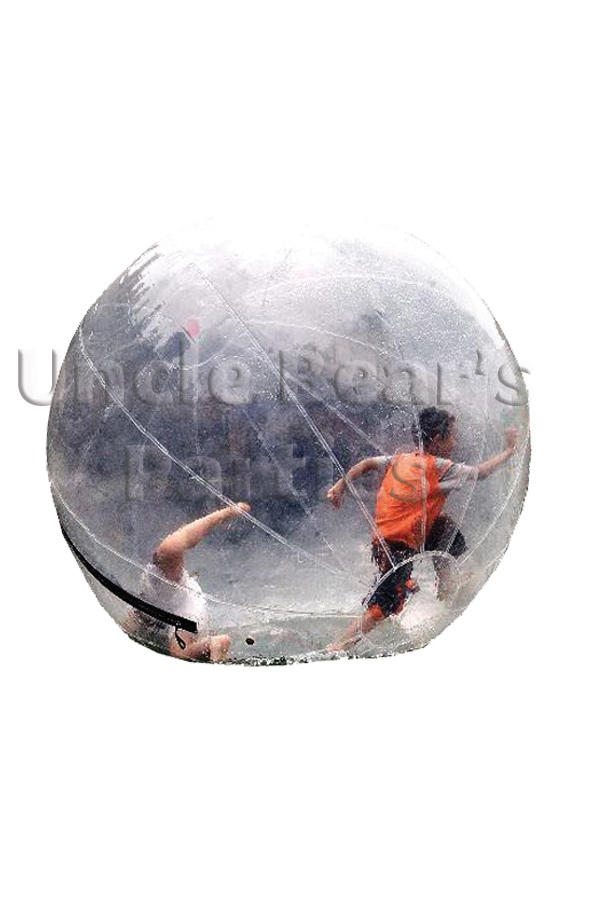

Syrian hamsters are the most common type of hamster and are typically 6 to 7 inches long. Enabling them to grip are their small, hand-like front and back paws.

The special pouches in their cheeks also help when they are in the wild and need to bring and store food in their burrow. They are able to store food in their cheeks and eat it for later. Hamsters commonly have a wheel in their habitat, which is because they like to and need to exercise to keep them healthy and happy. Hamsters love chewing which is because their front teeth, also known as incisors, never stop growing. They do not have great eyesight but have a great sense of smell. Newborn hamsters are blind – they cannot open their eyes after around 2 weeks since birth. Hamsters also do dig burrows to live in, breed, and store food. Remaining underground helps keep wild hamsters cool in hot climates too. They like to live in dry and warm areas in the wild.Īvoiding to be caught by predators, hamsters remain underground during the day. Different types of hamsters vary in size, too – ranging from 2 inches to 13 inches. Though hamsters also live in Romania, Greece, Northern China, and Belgium, the first of them were discovered in Syria – Syrian hamsters are the most popular type of hamster. They are friendly, naturally crepuscular, omnivores, best to be housed alone, and typically live for about two years. Due to their small ears, stubby legs, and short tails, they are distinguishable from other rodents. Well-known as pets for children, hamsters are small rodents that belong to the subfamily of Cricetinae.


 0 kommentar(er)
0 kommentar(er)
